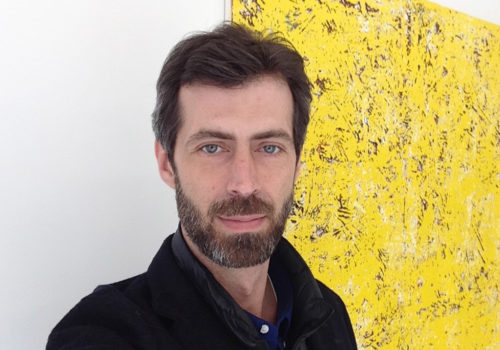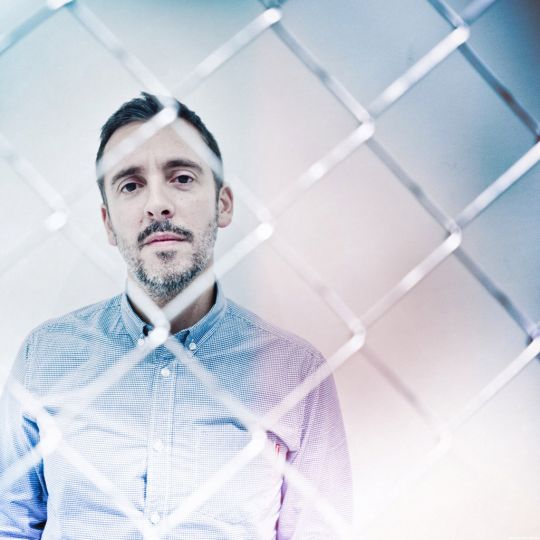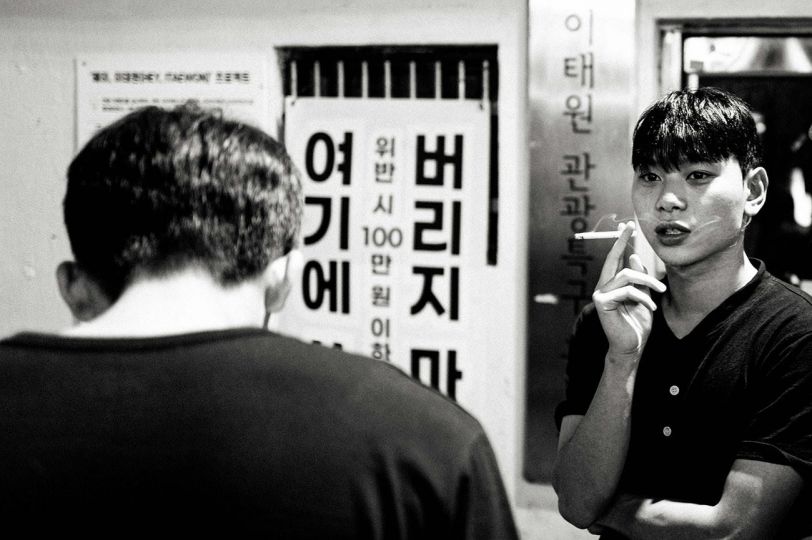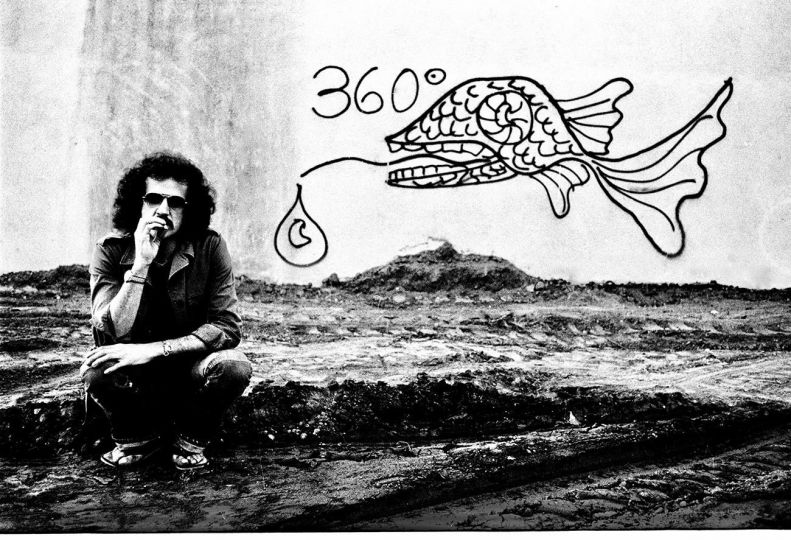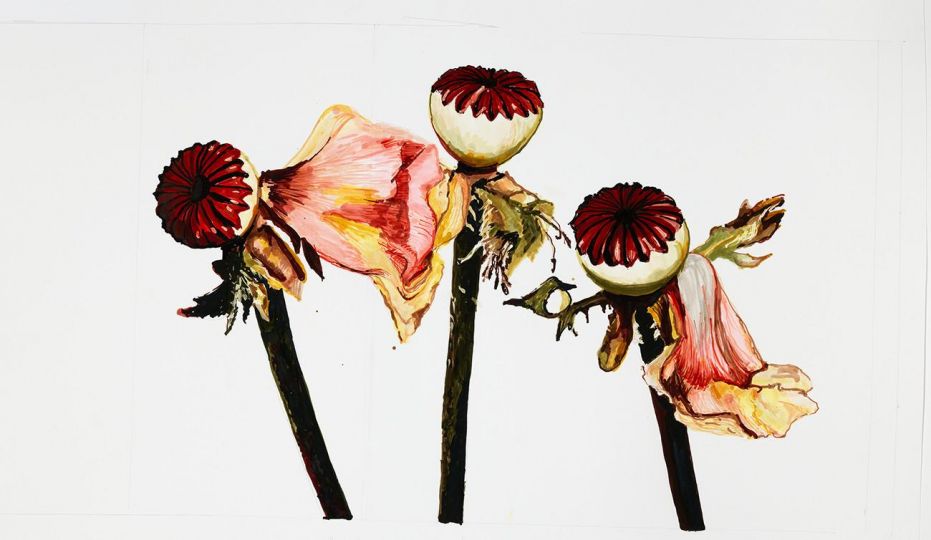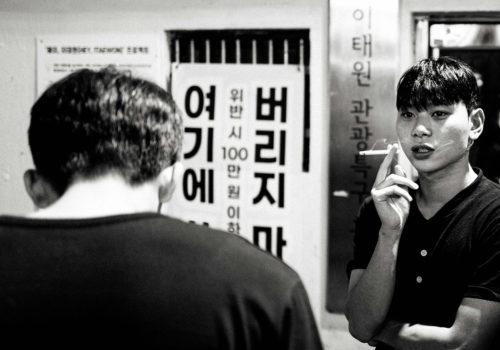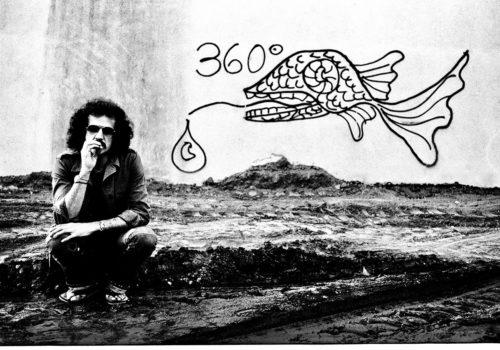Let us, each week, discover this new generation of players who seize images in their daily lives; gallery owners but also editors, art advisors, directors of institutions or fairs, collectors … they anticipate market changes and redesign the contours of their scope. Who are these native digitals and how do they decipher the future? Today, meet here Jérôme Pauchant, director of the eponymous gallery.
What was your first aesthetic shock?
Without a doubt, Guernica and some Velazquez and El Greco works during a school trip to Spain, but the first real big artistic shock was my encounter with a work by James Turrell during his exhibition at Foundation Electra in 2000. I was really fascinated by his way of sculpting light, however immaterial by definition, and completely fascinated by the beauty and poetry of his approach and installations.
Today, artists use lots of mediums, creating a territory of images. How does this effect us?
The origin of artists’ use of images in all mediums goes back to this daily omnipresence, through advertising as much as through graphic design, and especially today through our cell phones which have become intrusive and, at the same time, a resource of research and inspiration, maintaining an immediate report of desire. This landslide of technology and mediums by the artists affect us because it helps us to try to avoid and put into perspective this image worship by providing us with the necessary distance to question this surge. In a way, they attempt to warn us of what they really mean…
How did you come to the idea of starting your own gallery and what the focus would be? Even if many are those which are currently drawing away from it.
Simply from passion. Over the course of my professional experiences spent in the world of art, I really understood that I was passionate about the essence of creation, exchange, enriching conversations with artists and collectors, art critics, and other art enthusiasts. I chose to open my gallery to try and support the artists whom I find relevant, through my eyes and, without a doubt, through a collective societal vision, because I am convinced that they are indispensable in making a proper evaluation.
How is the Anglo-Saxon scene, which is very present in your exhibitions, the vanguard of these questions about the evolution of practices and images in media?
It’s the vanguard, as are also some French or European scenes, undoubtably because it’s a different society constructed around the notion of absolute liberalism with fewer constraints, fewer limits between genres, fewer categories. That which I appreciate about young artists from that scene is the lightness and carefreeness with which they can handle all historical artistic currents, all while having a certain irreverence in their position and in their capacity to go beyond all these currents. It’s in this spontaneity that I find a lot of energy and interest. Our world evolved and, in a certain way, uniformed and globalized itself on this model. I grew up like my generation and those which followed through this model of Anglo-Saxon/American fantasy. So, it’s natural that artists who question it through their proposals interest me.
Matt Jones, a New York artist whom you represent, uses his smartphone as an integral tool, which seems to be a new phenomenon.
In fact, he particularly thrives on images of historic works. As many do today, he strides through museums with his cell phone, capturing many photos that he next cites and distorts by saturating and redrawing them in pencil or watercolor. The smartphone becomes the first tool for capturing an image that he is next going to transfer to another medium. He considered these images like source image artifacts for him and the viewers. For example, he also takes screen shots of video games that deal with the notion of landscape and portrait, of quotation and traces of memory. In this same approach, he created a series of these works that he calls Enrichment Drawings, specially for the hotel Les Bains where I recently undertook a curatorial project, from paparazzi photos at Les Bains Douches in the 1980s. Iman and Bowie, Ian Curtis, Iggy Pop, Boy George and Jean Paul Gaultier… these photos leave reality and become icons!
EXHIBITION
Il suffit d’un grand morceau de ciel
From March 25th to May 21st, 2016
Galerie Jérôme Pauchant
61 Rue Notre Dame de Nazareth
75003 Paris
France
https://www.facebook.com/galeriejpauchant/

